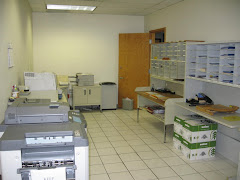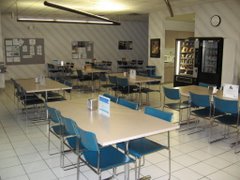Specific Process Improvement Needed (SPIN). These are the ideas that our associates have while working on the job. Ideas that improve safety, reduce cycle time, improve accuracy, or drive cost out of our operation. Some SPIN ideas make improvements but demonstrate no measureable dollar savings. Other ideas generate deep savings.
 SPIN ideas are submitted to our four location LEAN Captains. They meet once a week to review all new ideas and to follow up on the progress of projects underway. Interestingly, the management team does not participate in this process, except to provide some meeting facilitation support and to provide resources as needed. The LEAN Captains decide the priority, based on the impact to the location.
SPIN ideas are submitted to our four location LEAN Captains. They meet once a week to review all new ideas and to follow up on the progress of projects underway. Interestingly, the management team does not participate in this process, except to provide some meeting facilitation support and to provide resources as needed. The LEAN Captains decide the priority, based on the impact to the location.The SPIN Zone was created to explain the SPIN process to all associates. People can also obtain a status update anytime by visiting the detail on the board. Every SPIN idea is recorded and tracked through the SPIN system, with weekly updates posted on the SPIN board. Completed SPIN ideas are printed and posted in a binder that contains all ideas are completion and the 30-day review. Our goal is 120 ideas in 2009. We are a bit behind that pace currently, but we are tracking to process nearly 100 ideas. Improvements have been significant and associates are beginning to feel empowered!



